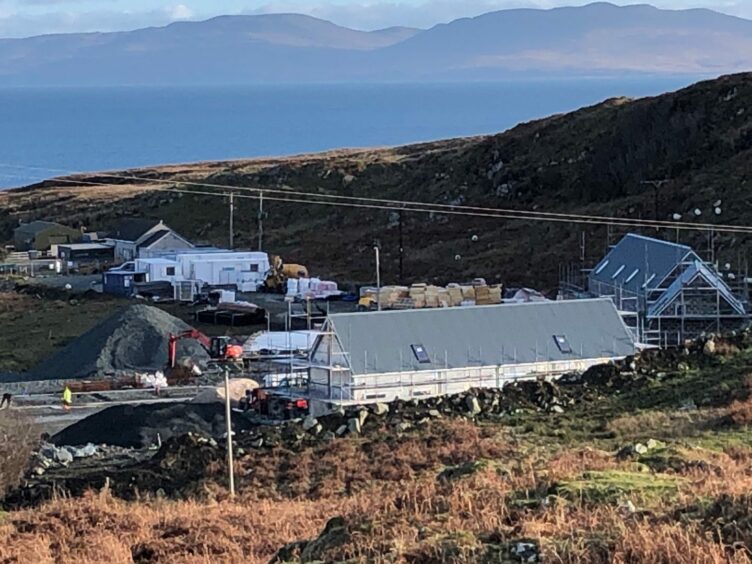
Access to affordable housing across Scotland and the UK has been at crisis point for some time.
However, it is “one of the biggest issues” facing the Highlands and Islands, and presents particular challenges for remote communities.
According to Homelessness in Scotland figures for 2021/2022, 13,945 households across the country were in temporary accommodation. While an online poll by YouGov in 2021 found that 1.5 million adults in Scotland were living in inadequate and unaffordable homes.
This week saw a positive step forward for Colonsay with the first affordable homes set to be built on the island in 20 years.
Colonsay islanders, and people who have left the island but want to move back, will be given priority for the properties.
But it is also hoped potential new residents will apply and help boost the island’s population, which has declined to just 125 people.
It comes amid a backdrop of a projected population decline for some of the remote areas in Scotland – including the Outer Hebrides, over the next few years. By 2028 it is expected to drop 6.1 % – from 26,830 in 2018 to 25,181, the largest percentage drop in Scotland, along with Inverclyde.
The projected fall in population is due to more deaths than births. Meanwhile the area is projected to see a 6% drop in the working age group. However, by 2028 it is expected to have a 25% increase in those aged 75 and over.
Meanwhile, the Shetland Islands are expected to see a -0.7% decrease in population, Orkney a 0.5% increase, and Highland a 0.5% increase.
‘Housing is essential to sustainable communities’
Speaking about how vital it is, Highlands and Islands Enterprise (HIE) director of communities and place, Douglas Cowan, said: “Access to affordable housing is one of the biggest issues facing the Highlands and Islands. This is what businesses and communities from Shetland to Argyll and from the Outer Hebrides to Moray are telling us.
“Housing is essential to sustainable communities and to population retention and growth. It is essential to growing local businesses and other employers who need to be able to recruit new people.”
The population working group of the Convention of the Highlands and Islands has identified five key issues to address, with housing as the main one. Others are critical infrastructure (transport and digital connectivity); access to amenities; jobs; and talent attraction.
Mr Cowan added: “We’re on the cusp of unprecedented major investment across the region in space, offshore wind, hydrogen, and other blue economy sectors, leading to significant growth in high-quality green jobs.
“Working-age people, particularly young people, are increasingly more positive about staying or moving into the region. To fully capitalise on these opportunities, and make sure all parts of the region benefit, there must be access to affordable and appropriate housing.
“The fact that there is no single cause or solution simply adds to the challenge. Essentially though, it boils down to demand outstripping supply. The costs of building in rural areas tends to be higher than urban centres, yet market value is often lower.”
‘You can’t put a value on it’
Caitlin McNeil is the director of the Colonsay Community Development Company (CCDC), which was behind the housing project in the island. She knows only too well how vital housing is to keeping communities sustainable.
She currently lives in a caravan, while her brother still lives at home due to the lack of housing.
The last social housing on the island was in 2003, and having been filled there hasn’t been any become available again. Caitlin spoke of a “continuing decline” in the younger population where they are now down to one child in the school and one in the nursery.
She said: “We knew we were getting towards kind of crisis point, and we’re absolutely at it now. So the good news with the housing and the progress we’re making just can’t come soon enough.
“It’s just incredibly important, you can’t put a value on it; watching the island lose a lot of its life and vibrancy is incredibly hard to watch, as someone who was born and brought up here.”
‘There’s just nowhere for them to go’
She said the island had struggled in some cases to recruit for lifeline services such as the voluntary fire and rescue service, and the school – and it’s hoped the housing can help with this as well as providing accommodation for residents.
Caitlin said: “The creation of these houses is, in the first instance, going to host a lot of us here who are currently inappropriately housed or statutory homeless. I myself live in a caravan and have done for two years now.
“My brother is 26 and still living at home in a small council house with my dad. We’ve also had a bad spate of young families having to live in caravans for indefinite periods of time. The housing will hopefully sort that out in the first instance, and then allow us to have the capacity to start looking outwardly, just having the option for somewhere for people to stay.
“We have had people applying for jobs – in the school, for instance. There’s just nowhere for them to go.”
In the first phase of construction, nine homes are being built, and some will be offered for sale and others for rent.
Some of the properties will be for islanders working for fish farming company Mowi, and they would return to the community if and when they were no longer needed.
CCDC has two sites at Scalasaig which can accommodate 24 homes and two business units.
Chairman of the CCDC Dannie Onn added: “This is seen as a transformational project, or process that will turn the tide and then allow the community to build from here.”
‘It’s not an either/or’
Communities Housing Trust supports around 150 projects north of the central belt, with several in the Highlands and Islands, including in Gairloch and Applecross in Wester Ross.
CEO of the social enterprise Ronnie MacRae said: “Whether that’s lack of work, housing for workers, or elderly or young families to stay in, businesses – housing is quite key.
“Most communities in Highlands and Islands are looking to regenerate and repopulate. A lot of them are focusing on that. They’re seeing that people want to go and live there, but the opportunities just aren’t around to do it.
“The work we do is supporting communities. We’ve been doing it since 1998 in different ways, so we’ve done a lot of time developing new models, housing models, building them.”
He added: “It’s not just social rent, low-cost, homeownership self-build, it’s ranked by lots of different finance and tenure models, that gives communities choice. So they’ve got a better chance of attracting and retaining folks.
The projects the trust works on are often supported by Scottish Land Fund and the Rural and Island Housing Fund, and incorporate more than just housing, for example economic and community amenities.
Mr MacRae said: “A lot of our work is probably described as community development, rather than just housing development. Years ago, it used to be a case of, well, what do we need? We need housing, do we need jobs?
“That was two main things you got when you went to a community council meeting. Now, they realise we need it all if we’re going to be a sustainable community – it’s not an either/or.”
Project repurposes old homes
One project which is also taking steps in providing a solution to the lack of housing is Tighean Innse Gall (TIG) based in Stornoway. Its empty homes project is making the most of repurposing and recycling. It looks at properties that are deteriorating before carrying out research to see if they can be refurbished and then rented or sold as a low-cost home.
Donna Smith, CEO of TIG, called for owners of empty properties that could be used in the project, to get in touch at donna.smith@tighean.co.uk for more information if they want to get involved.
She said more schemes of a similar nature were needed: “It takes existing housing infrastructure that’s already there and recycles and repurposes it for modern living really.
“I think the benefits that brings to the communities where we hope to deliver this project is the sense of deprivation around those properties that are deteriorating that’s removed if we’re able to go and tackle the property, but also attracting or maintaining in the population within our community.
“So the other surrounding services are also supported; if we refurbish an old three-bedroom property, we refurbish it, then we market it as a low-cost homeownership property. The family that will eventually live in it would then have children that would go to the local school, they’d buy some of their groceries in the local shops – these are the kind of wider benefits of the project.”



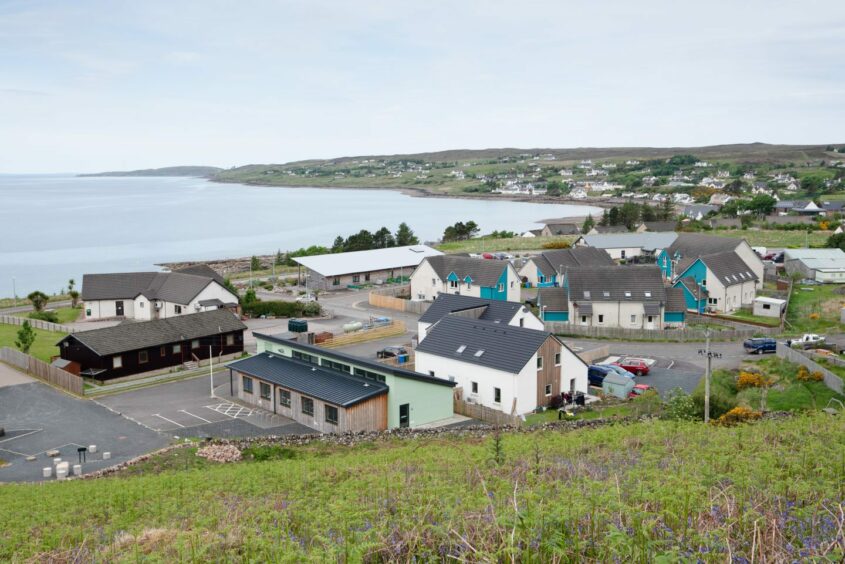

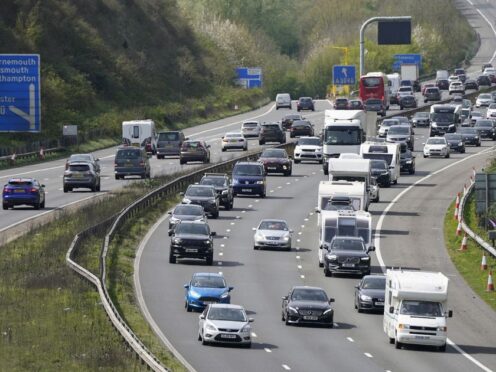
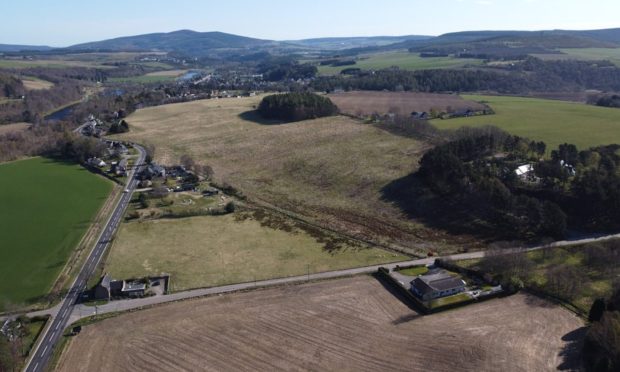

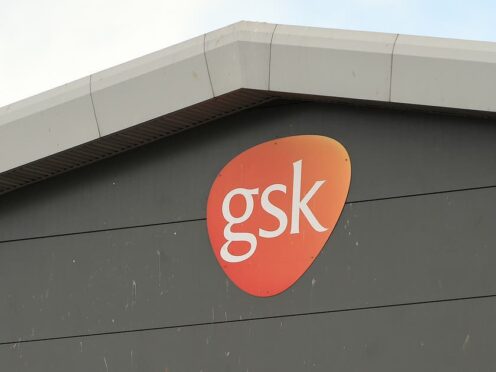
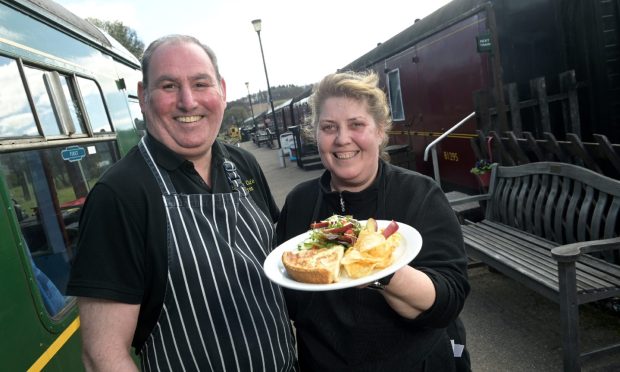

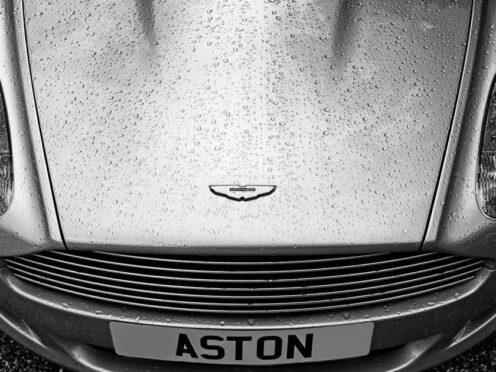

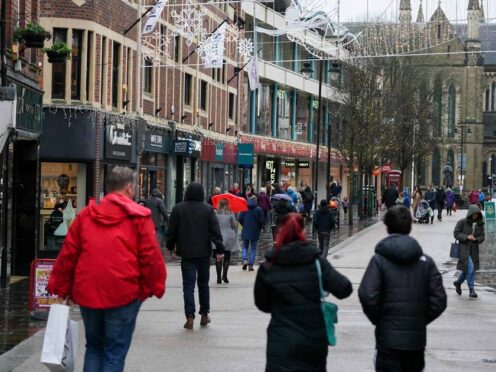
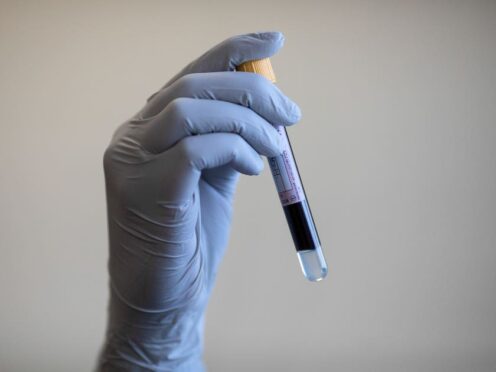
Conversation